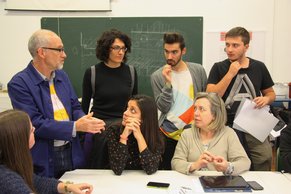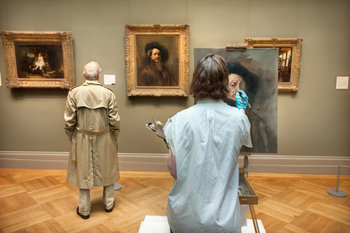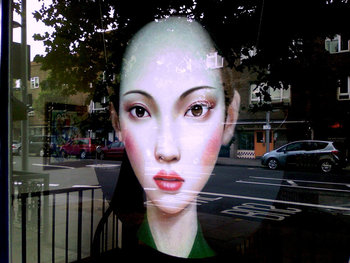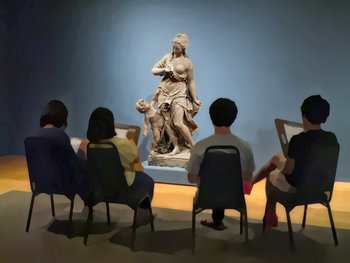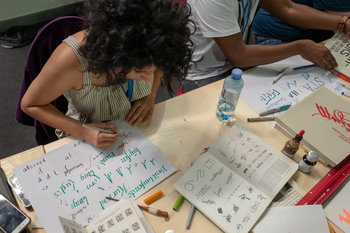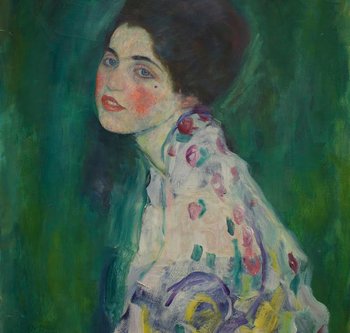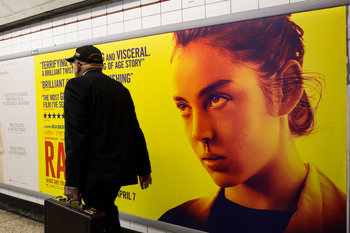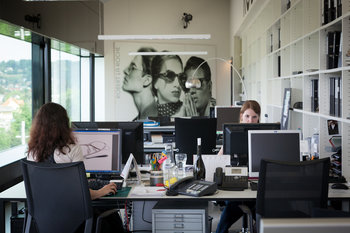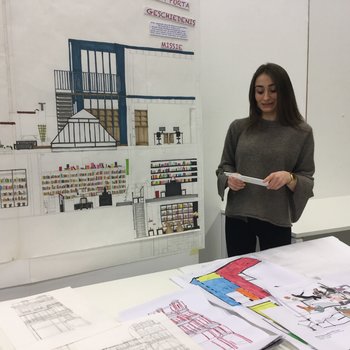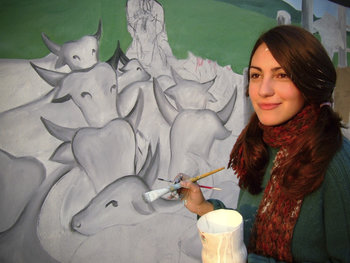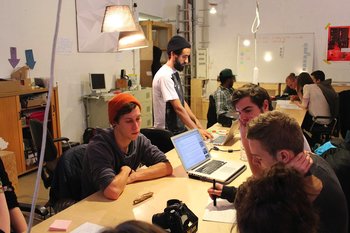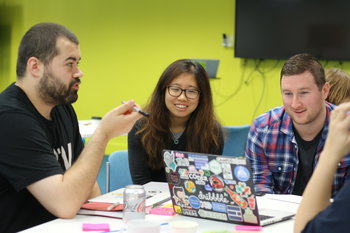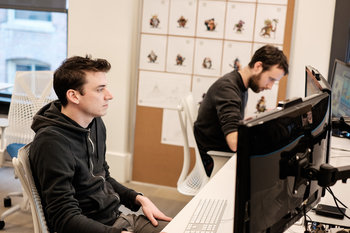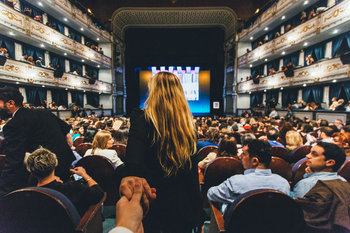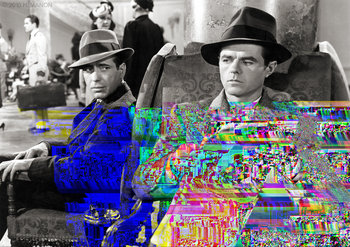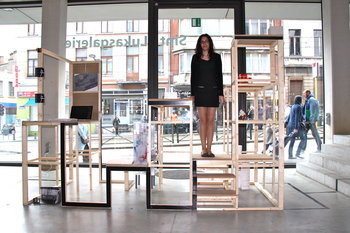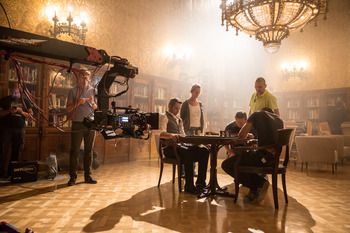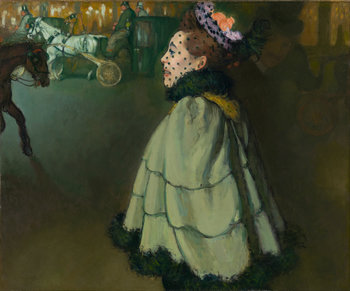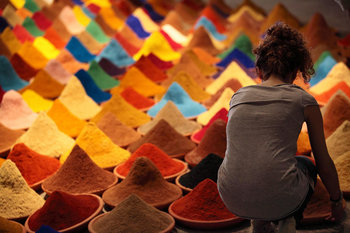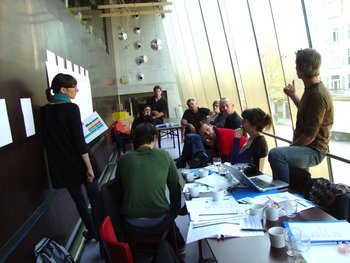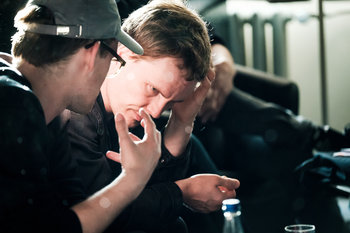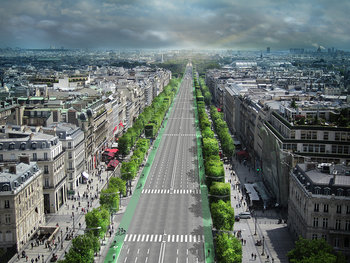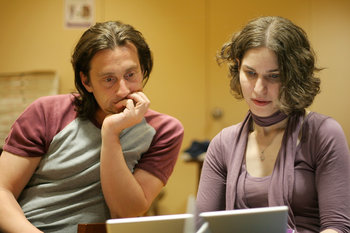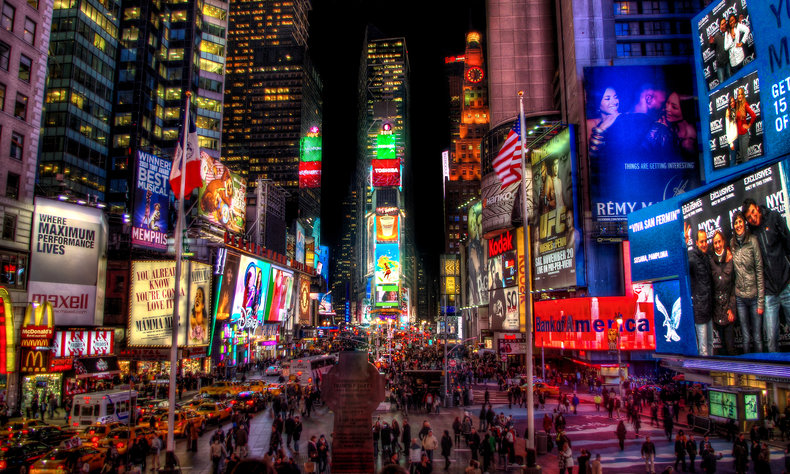
Visual style | Visual tone |
Persona such as a brand persona | Color palettes |
Logos | Logo variations |
Wordmarks | Monograms |
Spacing | Taglines and slogans |
Characters and mascots | Iconography |
Design elements & assets | Typography |
Kerning and letter spacing | Line spacing |
Document templates | Shapes and forms |
Patterns and textures | Graphic elements |
Illustrations | Photographic styles |
Stock visuals | User interface elements such as buttons |
Packaging | Trade dress |
Uniforms | Collaterals such as business cards |
Interior designs | Merchandise and promotional material |
Physical environments | Digital environments |
Logos & Names
Logos and brand names are a primary type of visual identity that typically appear on all of a firm's products and communications.Colors
A set of corporate or brand colors. Commonly incorporated into everything that a firm does including seemingly obscure things such as the interiors of offices and templates for internal documents.Slogans
Textual elements of a firm's visual identity usually in the form of brief slogans such as a mission statement.Personalities & Characters
Personalities and characters such as a company founder, mascot or celebrity representative in advertising.Trade Dress
The characteristic look and feel of products, services and packaging.User Interfaces
User interfaces such as web sites.Environments
Environments include physical and non-physical locations where people spend time such as a office, retail shop, showroom, restaurant, green space, interior of an aircraft or virtual environment in a game. For example, a restaurant may establish a unique decor as part of its visual identity.Uniforms
The uniforms worn by employees.Experiences
Looking at visual identity as an experience such as a film as opposed to static elements such as an image.| Overview: Visual Identity | ||
Type | ||
Definition | The use of visual communication to establish a unique and recognizable identity for an organization or brand. | |
Related Concepts | ||

